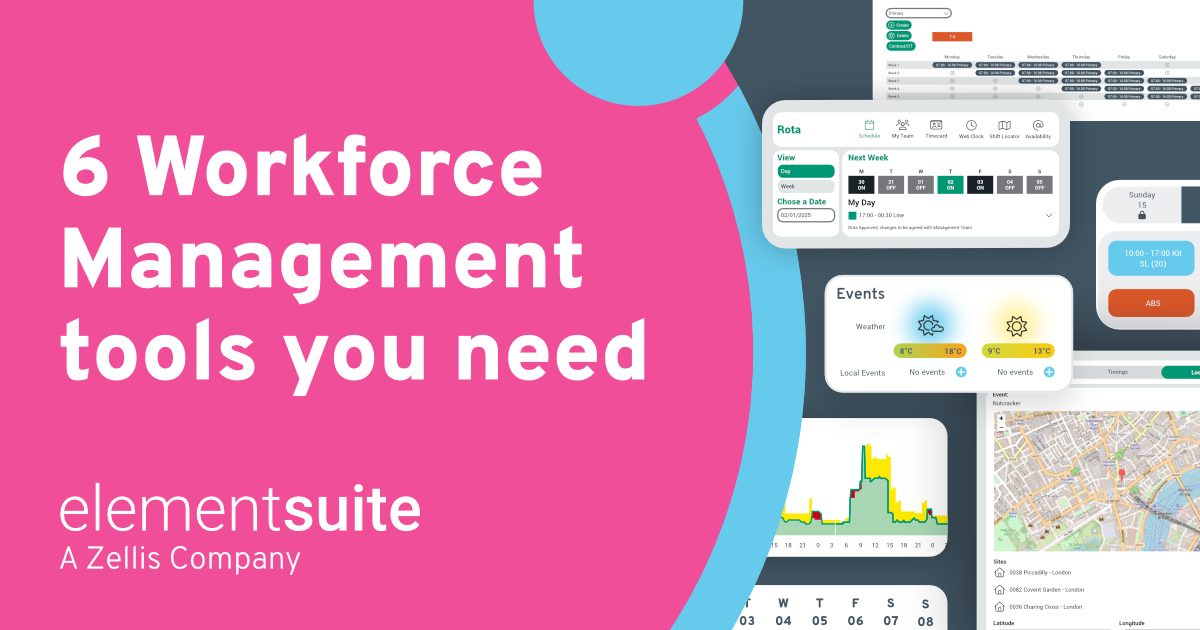Have you ever noticed that certain products and services become increasingly available during the upcoming months of Easter, Halloween, and Christmas? This is due to demand forecasting – the process of estimating the future demand for a product or service based on historical data, trends, and market conditions.
Just as companies need to predict consumer demands for their products and services, HR departments need to forecast the demand for specific skills and competencies within their organisation. This is essential to ensure businesses can secure the right talent at the right time, avoiding costly recruitment mistakes or skill shortages.
Think about it. Imagine if you could forecast human capital demand accurately and precisely for days when sales are at their peak. You could then ensure that you have enough employees to handle the increased workload without compromising quality or customer satisfaction. Sounds like a win-win situation, right?
Well, thanks to HR demand forecasting, this is all possible.
Current job market analysis
To understand the demand for specific skills and qualifications within your organisation, it is essential first to analyse the current job market. Keep an eye on industry trends, economic conditions, and even competitor hiring patterns. This will give you a good idea of which skills are currently in demand and how this may change in the future.
For example, if you notice that there is a high demand for data analysts in your industry, this may indicate that there will be a future shortage of these professionals. As a result, it would be wise to begin upskilling current employees or actively recruiting for these skills now. But it also may mean that your company has the potential to stand out by offering competitive salaries and career development opportunities for data analysts.
Company needs evaluation
Another critical aspect of HR demand forecasting is to conduct a company needs evaluation of your organisation’s current and future needs. This involves analysing your company’s goals, growth plans, and upcoming projects or initiatives. For example, if you plan to expand into new markets or launch a new product, this will require different skillsets within your workforce.
Therefore, it is essential to involve key stakeholders, such as department heads and project managers in the forecasting process as they can provide valuable insights into the professional skills and competencies needed for their respective teams to achieve company objectives.
This will also give you all the information to conduct your data analysis correctly, as you can accurately estimate the number of employees with specific skills needed in each department to meet company demands.
But don’t worry if you lack the data analysis skills or resources to conduct this evaluation yourself. Many HR software solutions, such as elementsuite, offer advanced analytics and reporting tools that provide the necessary data and insights for accurate forecasting. All you have to do is plug in your company’s data, and the HR software will do the rest.
Defining employee turnover
Attrition can significantly impact HR demand forecasting, so it’s important to understand why employees are leaving and how this may affect future hiring needs, identifying positions that may need to be created or modified.
For instance, if you notice a high turnover rate in a particular department or job role, this could indicate issues with employee satisfaction or company culture that need to be addressed. It may also indicate a future demand for those skills or a need to redesign the job to make it more appealing.
On the other hand, having many long-term employees nearing retirement age could result in a potential loss of experienced and skilled workers. This may require succession planning or targeted recruitment efforts to fill those positions for future demand.
Therefore, keeping an eye on your employee turnover rates and understanding its reasons helps to anticipate possible skill gaps, allowing you to proactively create effective talent management strategies that will help you retain and attract the right talent for your organisation’s growth and ensure that your organisation is always prepared for workforce changes.
Estimated HR demand
Now we have gathered all relevant data points, it’s time to turn them into a demand forecast model.
The importance of developing a robust demand forecast model can’t be overstated. This model should incorporate various data points, including current staffing levels, employee turnover rates, and future business expansion plans.
Your forecasting calculations will be the basis for all future HR planning and budgeting, so make sure they are realistic and accurate.
Various demand forecasting techniques, such as The Markov Model, Workload Analysis, and the Delphi Technique, will help you estimate HR demand. But if you’re uncomfortable with complex calculations, don’t worry – many HR software solutions offer forecasting calculators to help you estimate HR demand quickly and efficiently.
Your organisation can make more accurate predictions on future workforce needs by utilising the right data points and tools. This will enable you to proactively plan for succession, hiring, upskilling, and other talent management strategies to ensure that you have the right employees in place for current and future business demands.
And with elementsuite, if you integrate external softwares such as your bookings software, you can also consider seasonal demand changes – giving you a more comprehensive and accurate picture of your organisation’s future HR needs to meet your organisation’s strategic goals.
Evaluate employee skillsets
By now, you should comprehensively understand your organisation’s future HR needs. But to ensure that you have the right employees in place to meet these demands, it’s essential to evaluate your employees’ current skillsets and, in essence, create a skills inventory. This will allow you to identify potential skills gaps and create targeted training and development plans to upskill or reskill current employees.
As a rule of thumb, when creating your skills inventory, ensure that the employee skillsets include technical, soft, and transferable skills relevant to their job roles and future career development opportunities within the company. This will provide you with valuable information on your employees’ strengths, weaknesses, and potential skill gaps that need to be addressed.
You can gather this information from:
- Surveys: Conduct employee surveys or self-assessments to gauge their proficiency in specific areas.
- Performance Reviews: Employee performance reviews are a valuable source of information for skill assessment. They provide insights into an employee’s strengths and weaknesses, helping to identify areas where additional training or development may be required.
When gathering this information, investing in HR technology that will automate this process is highly recommended. For example, with elementsuite, you can send out employee surveys through the platform, which will then collate all the data into easy-to-understand reports. And match this with its performance module, you get a 360-degree view of your employees’ skillsets, making it easier to identify any potential skill gaps and address them accordingly.
Addressing skills gaps
Once you have identified any potential skills gaps in your organisation, it’s time to take action to address them. This can involve various talent management strategies such as:
- Recruitment: Recruit new talent externally to fill any critical skill gaps that cannot be addressed through training and development. This can be outsourced or hired internally – whatever meets your organisation’s needs.
- Restructuring Job Roles: Redesigning job roles to better match your organisation’s future demands, creating opportunities for current employees to acquire new skills and progress within the company.
- Talent Development: Providing targeted training and development opportunities to upskill or reskill current employees to meet future workforce needs. Not only does this fill any skills gaps, but it also increases employee engagement and retention.
Remember, addressing skills gaps is an ongoing part of the HR forecasting process. As your organisation evolves, so too will its workforce needs. Therefore, it’s essential to continually monitor and evaluate your employees’ skillsets to ensure that they align with your organisation’s current and future demands.
To conclude
HR demand forecasting is crucial for any organisation looking to meet its strategic goals. By utilising relevant data points and forecasting techniques, you can accurately estimate your organisation’s future HR needs and plan accordingly.
And with elementsuite’s HR enterprise software solution, you have all the tools and resources at your fingertips to make this process more efficient and accurate. So don’t leave it to chance – start making proactive decisions for your organisation’s talent management and retention strategies today!
Sign up for a demo of elementsuite’s HR software solution and start forecasting your organisation’s future HR demand with confidence.
Useful resources
The role of HR metrics in building a strong retention culture
HRDs’ guide to successful software implementation – Part 1: Identifying Your Requirements




